Your computer features top-rated components. This chapter provides details about your components, where they are located, and how they work.
Getting to know your computer
Right side
Figure : Identifying the right-side components

|
Component
|
Description
|
||
|
(1)
|
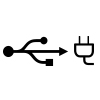
|
USB Type-C power connector and port
|
Connects an AC adapter that has a USB Type-C connector, supplying power to the computer and, if needed, charging the computer battery.
– and –
Connects a USB device, provides data transfer, and (for select products) charges small devices when the computer is on or in Sleep mode.
– and –
Connects a display device that has a USB Type-C connector, providing DisplayPort™ output.
note: |
|
(2)
|
AC adapter and battery light
|
|
|
|
(3)
|
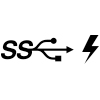
|
USB SuperSpeed port with Sleep and Charge
|
Connects a USB device, provides high-speed data transfer, and charges small devices.
|
Left side
Figure : Identifying the left-side components

|
Component
|
Description
|
||
|
(1)
|

|
Audio-out (headphone)/Audio-in (microphone) combo jack
|
Connects optional powered stereo speakers, headphones, earbuds, a headset, or a television audio cable. Also connects an optional headset microphone. This jack does not support optional standalone microphones.
warning: note: |
|
(2)
|
AC adapter and battery light
|
|
|
|
(3)
|

|
USB Type-C power connector and port
|
Connects an AC adapter that has a USB Type-C connector, supplying power to the computer and, if needed, charging the computer battery.
– and –
Connects a USB device, provides data transfer, and (for select products) charges small devices when the computer is on or in Sleep mode.
– and –
Connects a display device that has a USB Type-C connector, providing DisplayPort output.
note: |
|
(4)
|
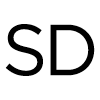
|
microSD™ memory card reader
|
Reads optional memory cards that enable you to store, manage, share, or access information.
To insert a card:
To remove a card:
|
Display
Figure : Identifying the display components

|
Component
|
Description
|
|
|
(1)
|
WLAN antennas*
|
Send and receive wireless signals to communicate with wireless local area networks (WLANs).
|
|
(2)
|
Internal microphones
|
Record sound.
|
|
(3)
|
Camera
|
Allows you to video chat, record video, and record still images.
note: |
|
(4)
|
Camera light
|
On: The camera is in use.
|
|
*The antennas are not visible from the outside of the computer. For optimal transmission, keep the areas immediately around the antennas free from obstructions.
For wireless regulatory notices, see the section of the Regulatory, Safety, and Environmental Notices that applies to your country or region.
|
Keyboard area
Touchpad
Figure : Identifying the touchpad
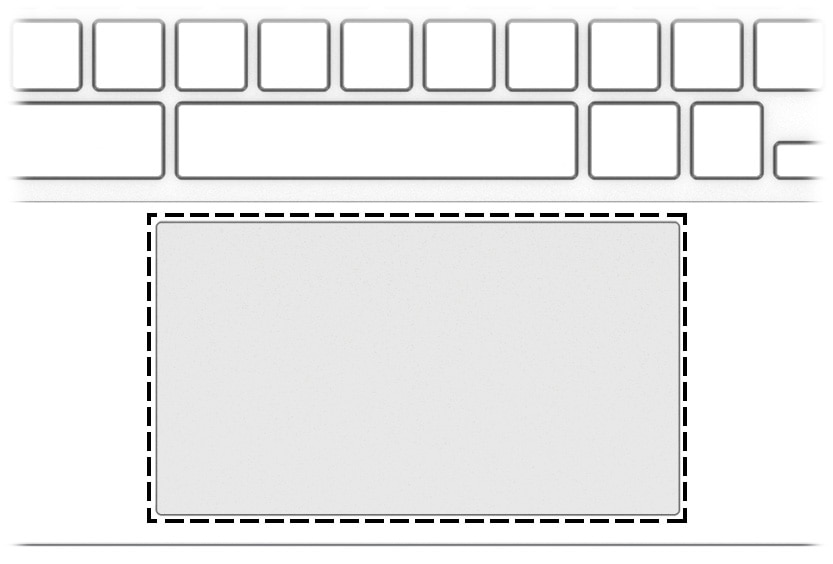
|
Component
|
Description
|
|
Touchpad zone
|
Reads your finger gestures to move the pointer or activate items on the screen.
|
Speakers
Figure : Identifying the speakers

|
Component
|
Description
|
|
Speakers (2)
|
Produce sound.
|
Special keys
Figure : Identifying the special keys
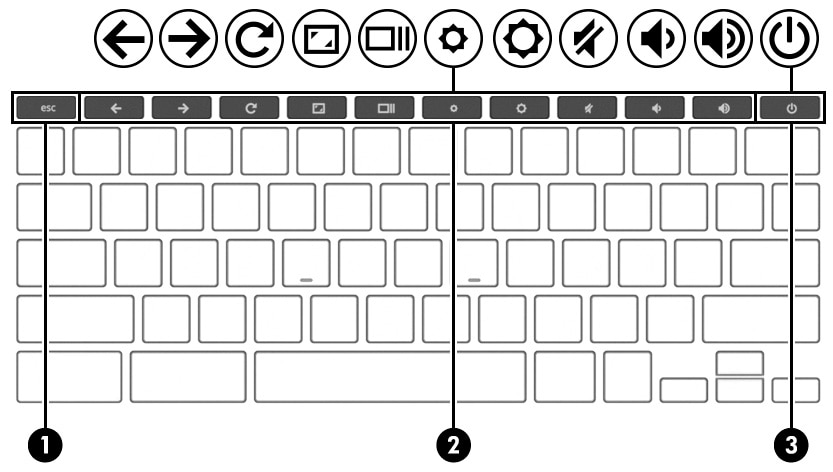
|
Component
|
Description
|
||
|
(1)
|
esc key
|
Activates certain computer functions when pressed in combination with other keys, such as Tab or Shift.
|
|
|
(2)
|
Action keys
|
Execute frequently used system functions. See Action keys.
|
|
|
(3)
|
Power button
|
note: If the computer has stopped responding and shutdown procedures are ineffective, press and hold the power button down for at least 10 seconds to turn off the computer.
|
Action keys
An action key performs the function indicated by the icon on the key. To determine which keys are on your product, see Special keys.
-
To use an action key, press and hold the key.
For more information on action keys and keyboard shortcuts, go to https://support.google.com/chromebook/answer/183101. Select your language at the bottom of the page.
|
Icon
|
Key
|
Description
|

|
Back
|
Displays the previous page in your browser history.
|

|
Forward
|
Displays the next page in your browser history.
|

|
Reload
|
Reloads your current page.
|

|
Full screen
|
Opens your page in full-screen mode.
|

|
Display apps
|
Displays open apps.
note: |

|
Brightness down
|
Decreases the screen brightness incrementally as long as you hold down the key.
Press simultaneously with ctrl to decrease the keyboard backlight (select products only) incrementally as long as you hold down the key.
|

|
Brightness up
|
Increases the screen brightness incrementally as long as you hold down the key.
Press simultaneously with ctrl to increase the keyboard backlight (select products only) incrementally as long as you hold down the key.
|

|
Mute
|
Mutes speaker sound.
|

|
Volume down
|
Decreases speaker volume incrementally as long as you hold down the key.
|

|
Volume up
|
Increases speaker volume incrementally as long as you hold down the key.
|
Labels
The labels affixed to the computer provide information you may need when you troubleshoot system problems or travel internationally with the computer. Labels may be in paper form or imprinted on the product.
note:Check the following locations for the labels described in this section: the bottom of the computer, inside the battery bay, under the service door, on the back of the display, or on the bottom of a tablet kickstand.
-
Service label—Provides important information to identify your computer. When contacting support, you may be asked for the serial number, the product number, or the model number. Locate this information before you contact support.Figure : Identifying the service label

Service label components Component(1)HP product name(2)Model number(3)Product ID(4)Serial number(5)Warranty period -
Regulatory label(s)—Provide(s) regulatory information about the computer.
-
Wireless certification label(s)—Provide(s) information about optional wireless devices and the approval markings for the countries or regions in which the devices have been approved for use.
Enter a topic to search our knowledge library
What can we help you with?
Need Help?
